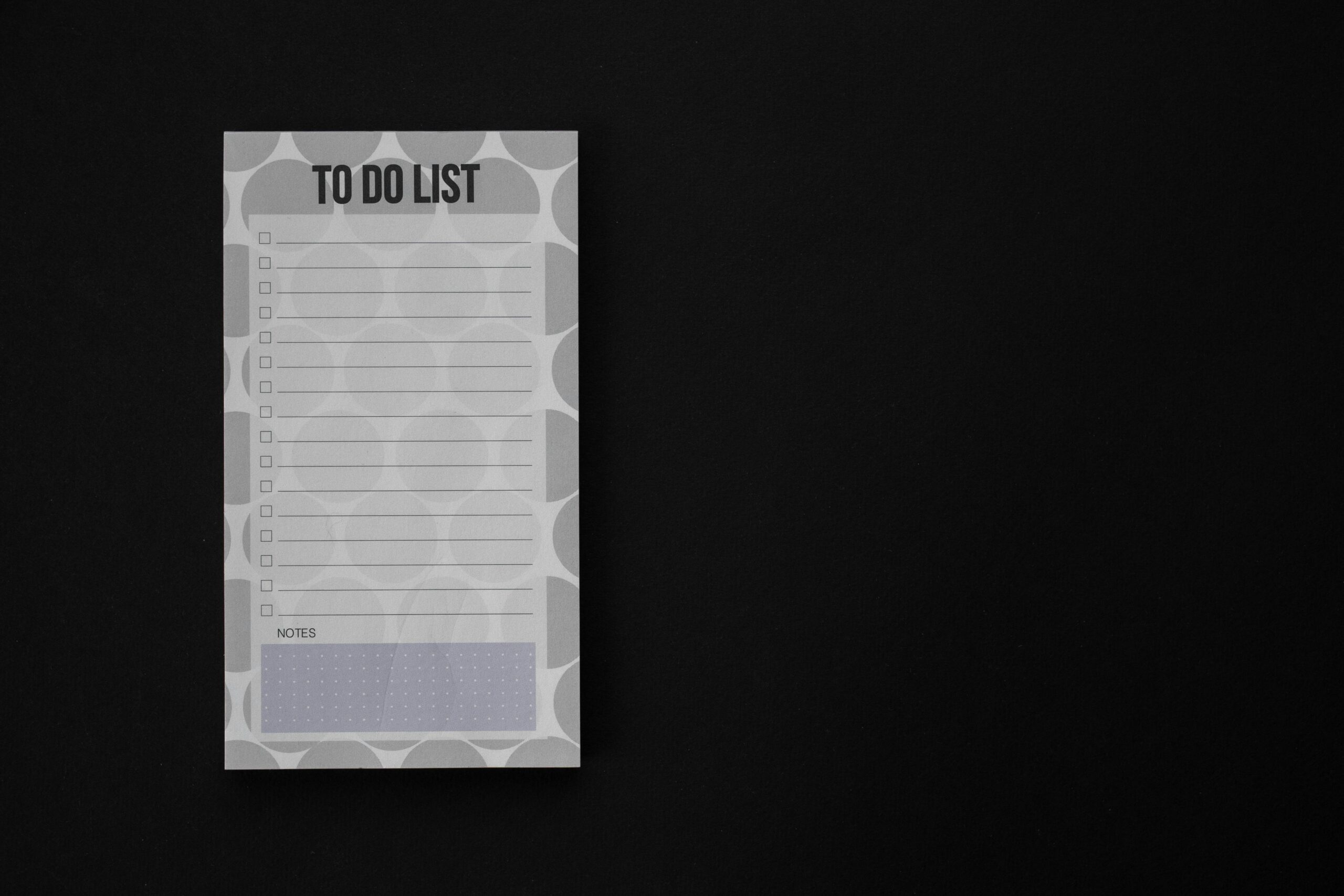Ever stared at an empty jewelry box after a burglary, trying to remember what you actually lost? Yeah, us too. And it’s worse when the insurance company asks, “So, what was in there again?” Cue your brain going blank. This is where an Inventory Valuation Guide becomes your best friend—and maybe your wallet’s savior.
In this post, we’ll explore how to create an organized inventory for burglary insurance claims, common mistakes (including one truly terrible tip), and tools that make this process easier than counting sheep. Ready? Let’s dive into:
- Why Inventory Matters for Burglary Insurance
- How to Build Your Personal Inventory
- Tips on Maximizing Insurance Payouts
- Lessons from Real-Life Success Stories
Key Takeaways
- An accurate inventory ensures you don’t leave money on the table during burglary claims.
- Digital tools can simplify the process of tracking possessions.
- Common pitfalls include vague descriptions and missed updates.
Why Does Inventory Matter for Burglary Insurance?
Burglaries are stressful enough without adding financial headaches to the mix. Did you know most people underestimate their losses by up to 30%? That’s because they rely on memory instead of documented proof. Imagine telling an insurance adjuster, “Oh, I had… um, some jewelry,” and expecting full compensation. Good luck with that!

*Infographic: Statistics showing the importance of maintaining a detailed inventory.*
Without proper documentation, even well-intentioned insurers may deny or undervalue claims. It’s not their fault—it’s yours if you haven’t prepared. But here’s the good news: With an Inventory Valuation Guide, you’ll be armed with everything needed to back up your claims.
How to Build Your Personal Inventory
This isn’t as dull as filing taxes; think of it as creating treasure maps for all your belongings. Follow these steps:
Step 1: Start Room-by-Room
Optimist You: “I can organize my entire house in one weekend!”
Grumpy You: “Ugh, fine—but only if coffee’s involved.”
Begin by walking through each room and taking photos or videos of high-value items. Focus on jewelry, electronics, antiques—basically anything worth fighting over.
Step 2: Document Details
For every item, write down:
- Item name (e.g., “Vintage Rolex Watch”)
- Purchase price and date
- Serial numbers or unique identifiers
- Receipts or appraisals (scan them!)
Sounds tedious? Like scrubbing tiles with a toothbrush. But trust me, it pays off later.

*Screenshot: A checklist template to streamline your inventory-building process.*
Step 3: Use Digital Tools
Instead of pen-and-paper chaos, apps like Sortly or Encircle let you upload images, tag items, and categorize everything digitally. Plus, cloud storage means no more “Oops, my notebook fell into a puddle!” moments.
Tips on Maximizing Insurance Payouts
- Be Specific: Vague entries like “Silver necklace” won’t fly. Say “Sterling silver chain necklace, purchased June 2020 for $250.”
- Update Regularly: New purchases? Add them immediately before forgetting.
- Store Safely: Keep your inventory files offsite or encrypted online so burglars can’t steal both your stuff and records.
A Terrible Tip You Should Ignore
Some sites suggest just snapping random phone pics once a year. Don’t do this. Without context or organization, those images might as well be hieroglyphics.
Real-Life Lessons: What Works?
Jane S. (a victim of home burglary) shares her story: “After losing thousands in antiques, I realized I couldn’t prove ownership. Now I use an app called Sortly, and it saved me hours during my next claim.” Her advice? Invest time upfront to avoid crying later.

*Before/After: Jane’s transition to organized inventory management.*
FAQs About Inventory Valuation Guides
Q: Can I skip receipts if I have photos?
Absolutely not. Photos help identify items, but receipts confirm value. Always aim for both.
Q: Is there software specifically for inventory tracking?
Yes! Try Sortly, HomeZada, or Encircle for user-friendly digital options.
Q: What happens if I forget something?
Not the end of the world, but gaps weaken your claim. Regular updates minimize this risk.
Conclusion
Your grandma probably said, “Don’t count your chickens before they hatch.” Well, today we’re flipping that script: Count everything before someone else steals it. An Inventory Valuation Guide not only protects your valuables but also gives peace of mind knowing you’re ready for life’s curveballs.
Now grab your camera (or app), channel your inner Marie Kondo, and start documenting. Because being prepared feels chef’s kiss amazing.
And hey, like a Tamagotchi, your inventory needs daily care—or at least annual updates. Stay sharp out there!


